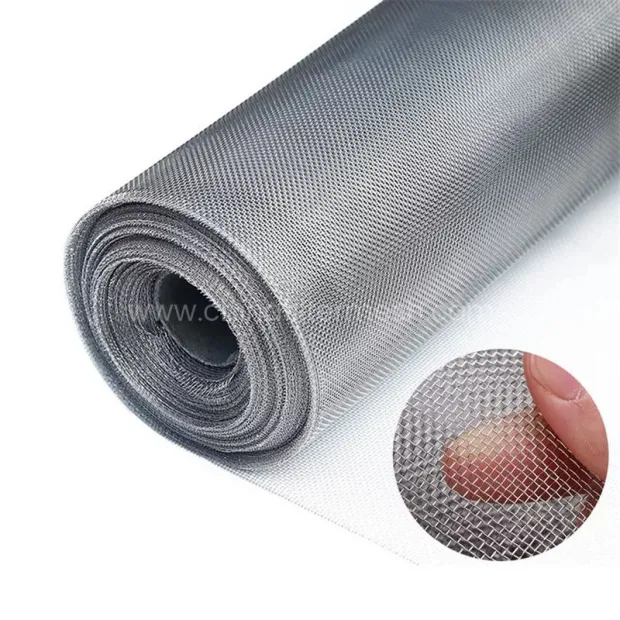Filter wire mesh plays a critical role in various industries, from water treatment to pharmaceuticals. Choosing the right type of mesh ensures efficient filtration, but it also involves navigating several key factors such as material, size, and durability. This guide addresses common challenges faced by users and offers solutions for optimizing mesh performance in different applications.
Woven wire mesh is made by weaving metal wires together to create a grid-like structure. Its precise pore openings make it ideal for filtering particles from liquids and gases in industries like food processing and chemical manufacturing.
Knitted wire mesh is known for its flexibility and uniform structure, which makes it useful for gas filtration and applications requiring uniform pressure distribution.
For high-strength applications, sintered mesh—made by bonding metal layers under heat—provides excellent durability and can withstand extreme operating conditions, making it suitable for oil and gas filtration.
One of the most common challenges is ensuring that the mesh captures the desired particle size. To address this, it's important to select the appropriate mesh count. For example, finer meshes are better for small particles but may slow the flow rate. Always balance particle size requirements with operational efficiency.
Filter wire mesh is often exposed to extreme temperatures, pressures, and chemical environments. Stainless steel and specialized alloys like Hastelloy or Inconel are often used to prevent corrosion and maintain structural integrity. For harsh environments, ensure the mesh material is chemically compatible with the medium being filtered.
Frequent clogging and difficult maintenance can reduce the efficiency of wire mesh filters. To mitigate this, opt for wire meshes with anti-fouling coatings or consider designs that allow for easy disassembly and cleaning. For example, using a soft brush and mild detergent can effectively clean clogged filters without damaging the mesh.

When selecting filter mesh, several factors come into play:
Material: Choose corrosion-resistant materials like stainless steel for longevity.
Mesh Size: Ensure the mesh size matches the particle size you aim to filter.
Durability: For high-pressure or high-temperature environments, consider sintered or welded mesh for added strength.
Cost: Balance the need for custom designs with available budget. Higher volumes often reduce overall costs.
To ensure optimal performance of your filter wire mesh, it's crucial to conduct regular maintenance, properly select mesh size and materials, and be mindful of the operating environment. Additionally, understanding the limitations of different mesh types can help in preventing issues like overloading or excessive pressure drops in your system.
Filter wire mesh is a versatile solution for various filtration needs across industries. By choosing the right type, addressing common challenges, and maintaining regular upkeep, you can maximize the efficiency and longevity of your filtration system. Whether you're working with liquid, gas, or high-pressure applications, selecting the correct wire mesh ensures both product quality and operational efficiency.
Suggested reading:
Comments
0Related Articles
By Geym
297
0
0
By Geym
205
0
0
By May
206
0
0
By Liang
167
0
0
By Steve
174
0
0
By GE
150
0
0
By Doreen Gao
143
0
0
By Fabricio
140
0
0